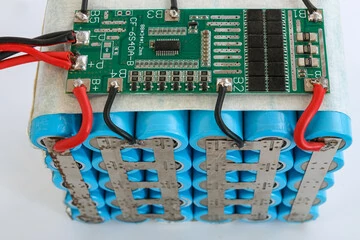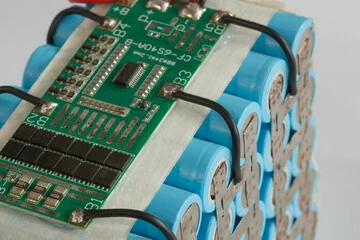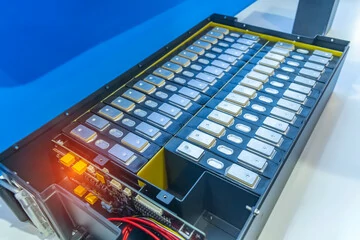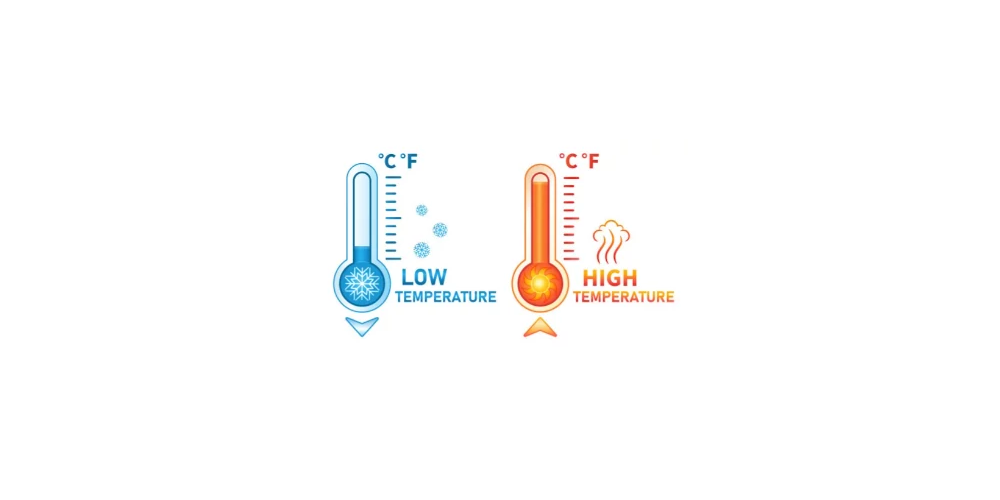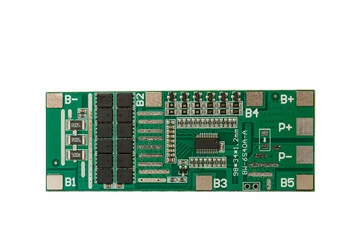BMS Cell Balancing Materials
main content
The BMS cell balancing materials form the backbone of modern motorcycle lithium starting batteries, enabling precise energy distribution across cells while enhancing safety and longevity. By integrating advanced passive and active components, these materials address voltage inconsistencies caused by manufacturing variations, temperature fluctuations, and aging. Below, we break down their composition, functional roles, and design considerations tailored for high-performance motorcycle applications.
Core Materials in Balancing Modules
1.Passive Balancing Components
Passive balancing primarily relies on high-power resistors and MOSFET switches to dissipate excess energy from overcharged cells. For instance, ceramic-coated resistors with epoxy encapsulation ensure thermal stability during energy bleed-off, while automotive-grade MOSFETs (e.g., Infineon OptiMOS™) minimize resistance losses. These materials are cost-effective and ideal for entry-level systems but generate significant heat, necessitating robust thermal management.
2.Active Balancing Hardware
Advanced systems utilize capacitors, inductors, and DC-DC converters to redistribute energy efficiently. Multi-layer ceramic capacitors (MLCCs) or "flying capacitors" temporarily store energy during charge shuttling, while coupled inductors or transformers (e.g., planar magnetics) enable bidirectional energy transfer between cells. High-efficiency DC-DC ICs, such as buck-boost converters, optimize voltage conversion with minimal losses (<10%), making them critical for premium battery packs.
3.Control and Sensing Elements
Balancing accuracy depends on microcontroller units (MCUs) like STM32 or automotive-grade S32K processors, which execute real-time algorithms based on voltage, temperature, and SOC data. Precision voltage sensors (±1mV accuracy) and NTC thermistors monitor cell conditions, while CAN FD or SPI interfaces ensure reliable data communication. Non-volatile memory (EEPROM) stores historical data for adaptive balancing strategies.
4.Thermal and Structural Materials
Heat-resistant substrates like FR-4 or polyimide PCBs withstand vibrations and temperature extremes (-40°C to 150°C). Silicone-coated wiring and ruggedized connectors prevent corrosion, while aluminum heat sinks or thermal pads dissipate heat from active components.
Performance-Driven Material Selection
Energy Efficiency: Active balancing materials like gallium nitride (GaN) FETs reduce switching losses by 30% compared to silicon-based alternatives, crucial for high-current motorcycle systems.
Durability: Epoxy resins and potting compounds protect circuits from moisture and mechanical stress, extending module lifespan in off-road environments.
Miniaturization: Stacked PCB layouts and integrated MOSFET arrays (e.g., Renesas ISL784x) save space without compromising current handling (up to 60A).
Adaptive Algorithms: SOC-based balancing, powered by TI BQ34Z100 fuel gauges, dynamically adjusts currents (50–300mA) to match cell conditions.
Design Considerations for Motorcycle BMS
Vibration Resistance: Components like spring-loaded connectors and shock-absorbing mounts prevent solder joint fatigue.
High-Temperature Compatibility: High-CTI (Comparative Tracking Index) plastics and ceramic substrates ensure insulation integrity under thermal cycling.
Low-Power Operation: Energy-efficient MCUs with sleep modes (<2.5mW standby) conserve power during ignition-off periods.
Conclusion
The BMS cell balancing materials play a pivotal role in maximizing the reliability and efficiency of motorcycle lithium starting batteries. From heat-dissipating resistors to intelligent GaN-based converters, each component is engineered to meet the rigorous demands of modern applications. As battery technology evolves, innovations in wide-bandgap semiconductors and wireless balancing protocols will further redefine performance benchmarks, solidifying these materials as the cornerstone of next-generation energy management systems.

START-STOP LITHIUM battery
Enov start-stop battery is designed to provide excellent performance for high-demand start-stop vaehicles. It adopts the third-generation intelligent lithium platform architecture to achieve technological breakthroughs in core indicators such as cycle life, environmental adaptability and energy density. Compared with the traditional lead-acid battery system, the energy efficiency is increased by 210%, the cycle life is extended by 8-10 times, and the monthly self-discharge rate is controlled within 3%. Enov's unique low-temperature battery technology makes a breakthrough in achieving stable output in the whole climate domain from -30℃ to 65℃, maintaining more than 90% of the effective capacity release under extremely cold conditions (-30℃), and maintaining 90% of the capacity in high temperature environments (65℃).
The start-stop battery series products cover the mainstream voltage platform of 12V/24V/48V, and support flexible configuration of LFP (lithium iron phosphate) and NCM (lithium nickel cobalt manganese oxide) dual-material system. All models adopt modular design to support customization of different model specifications. Enuo engineering and technical team to provide full cycle technical service support, if you need, please contact us.
Other products
UAV BATTERY
LITHIUM ENERGY STORAGE BATTERY
QUICK INQUIRY
FAQ
Access to high frequency technical questions with one click, get accurate answers on product application, after-sales policy and customization process.
Service and Support
Get the latest product specifications, explore professional OEM/ODM customization services, click to open exclusive technical support and production solutions.
Become a Partner
We sincerely invite resources to interconnect, work together for win-win development, and immediately open a new chapter of strategic cooperation!
